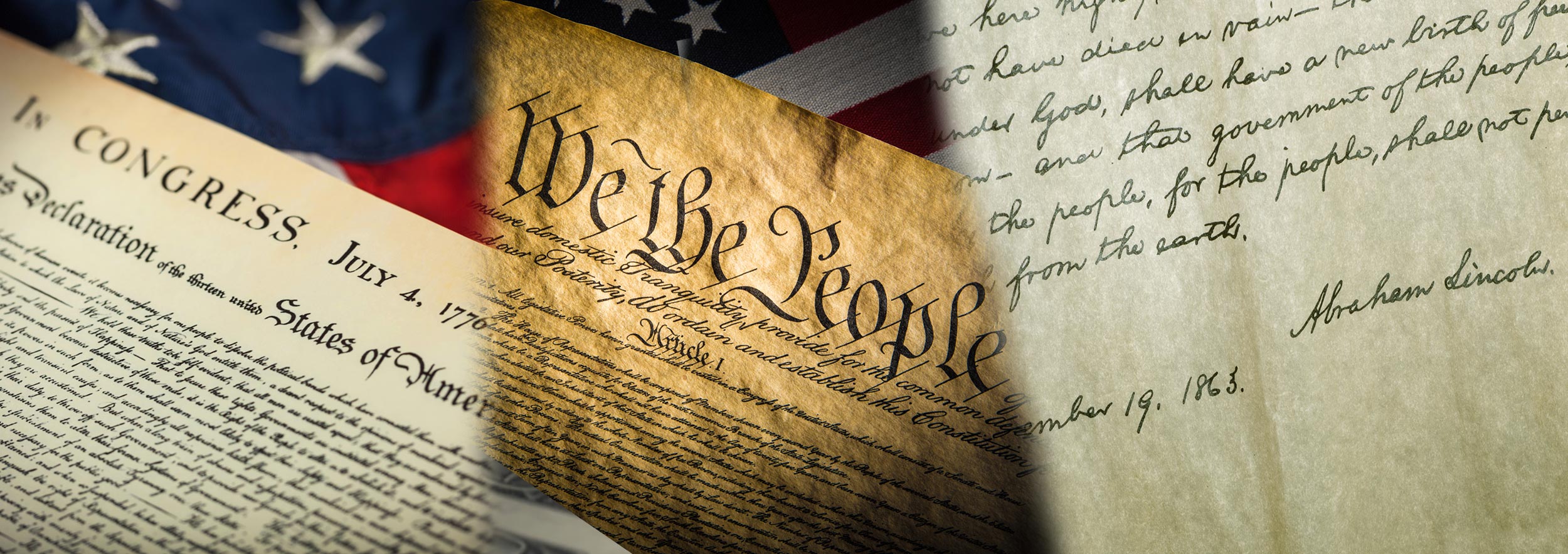No Need to Sweat Covid Vaccination Rates
As long as seniors and essential workers are immunized, deaths will drop and life can resume.
President Trump has said he hopes the federal government can begin distributing a Covid-19 vaccine in October. Many in the public-health community are skeptical, arguing instead for a more controlled, and likely slower, release. The National Academies of Sciences, Engineering and Medicine have recommended heavy-handed government rationing during the initial rollout. Science magazine reports that only half the U.S. population may eventually want the vaccine, a level too low to achieve herd immunity. Some in the media and the public-health community are arguing that all this necessitates continued restrictions on economic activity.
But the pessimism over a vaccine rollout and worries over widespread vaccination are misguided. The most critical factor for a disease like Covid-19 isn’t the vaccination rate or how many people demand the vaccine, but who demands it. Given that 85% of deaths have occurred in the 15% of the population above 65, the mortality rate would drop dramatically if high-risk groups such as seniors are vaccinated, even if the overall vaccination rate is low. Private demand will push in this direction without broad government intervention.
Generally, demand for any product rises with a lower price and higher quality. Vaccines are no different. Regarding prices, some Operation Warp Speed contracts will enhance take-up by requiring free distribution of vaccines. Public and private insurance programs are likely to eliminate copayments.
But monetary price of the vaccine isn’t the main barrier to wide adoption. The quality attributes that drive vaccine demand are its effectiveness in preventing infection and its safety. The better the vaccine is at reducing infection risk and the lower the risk of side effects, the higher the take-up rate will be. Infection risk is driven by the prevalence of the virus and the risk of serious complications, both of which raise demand. There may be no demand for the vaccine among some, such as professed anti-vaxxers. This is the case for polio; disease prevalence is low and thus fears of side effects dominate.
This role of prevalence in driving vaccine demand explains why vaccine-preventable diseases often come and go in cycles. Vaccination rates shoot up with outbreaks, limiting future disease, and fall when the disease is dormant. Analogous cycles have occurred with Covid-19. As the number of new cases falls, private and public preventive measures ease and the disease starts to spread again.
These patterns suggest demand for a Covid-19 vaccine will be highest among two groups. The first is health-care and other essential workers whose jobs put them at greater risk of infection. The second is elderly or other vulnerable people, among whom infection has proved most deadly. If these two groups were the only ones receiving a vaccine, the overall vaccination rate would be low but mortality would be reduced enormously.
Moreover, these high-risk groups place great value on accelerated Food and Drug Administration approval of a vaccine, even an imperfect one. If the choice is between going unvaccinated and trying a vaccine with a low level of effectiveness, many will choose to get the shot. Where there will likely be slack demand is among low-risk groups, especially if they are concerned, rightly or wrongly, that the FDA is understating the potential side effects.
Covid-19’s case fatality rate for otherwise young and healthy adults is comparable to that of seasonal flu, and Centers for Disease Control and Prevention data suggest only about half of adults get vaccinated for the flu every year. A similar lack of demand for a Covid-19 vaccine would be less consequential in reducing deaths. If those at low risk of death choose not to take the vaccine, it may prevent the herd immunity needed for the virus to disappear, but the health risks would be assumed by those who chose not to take an effective vaccine.
The president’s distribution plan allows for 100 million doses at the time of FDA approval and 700 million doses by the end of March 2021. This will be enough to meet demand from high-risk populations quickly, even if double doses are needed. The overall number of Covid-19 deaths should fall greatly thanks to early high demand from high-risk groups, even though the overall vaccination rate may remain low. There has been much debate over how long it will take to complete the rollout. But what’s important for cutting mortality quickly is not when the rollout is completed but when it starts, given the high initial demand from high-risk populations.
In late March 2020, I advised the president that after successfully “bending the curve,” the best strategy to resume economic growth while keeping mortality at bay would be to twofold. First, invest in protecting the high-risk elderly population, who tend to be retired and economically inactive. Second, let younger people with lower risk get back to work and resume their contributions to the economy. This low-mortality, high-growth strategy seems to be what America and other countries have converged on. It may be the most efficient way to minimize the disease’s total harm, human and economic, which in the U.S. may be lower than some countries held up as role models.
A successful part of such a low-mortality, high-growth strategy would rely on public investments focused on stimulating vaccine demand among the elderly and other high-risk groups. These investments could help prevent spread across generations, which is the main argument against the young participating in the economy. Such a strategy would quickly cut overall mortality—and allow society to open up the economy.
Mr. Philipson, a professor at the University of Chicago, served on the White House Council of Economic Advisers as a member and acting chairman from 2017-20.


Leave a Reply